In 1965, the British physicist Roger Penrose used Albert Einstein’s general theory of relativity to prove the theoretical possibility of the existence of black holes, proposing that they should be a normal phenomenon. His groundbreaking work paved the way for the study of black holes.
Einstein himself had doubted whether these ‘holes’ could actually exist: he - and others - theorised that perhaps they were just mathematical curiosities instead of actual physical entities. But Penrose removed all of those doubts, earning him half of this year’s prize.
Milky Way
But who would be the first to find one of these holes? The German astrophysicist Reinhard Genzel and the American astronomer Andrea Ghez ended up sharing the credit for this discovery, as their research groups refined a large range of techniques that allowed scientists to use enormous telescopes to peer deeper into the centre of the universe than ever before.
The results of their work did not come overnight: one of their discoveries was a star that took sixteen years to orbit an invisible object. The mass of this object had to be so vast that not even light could escape its pull - the first black hole had been found. By comparison, to match the density of this black hole you’d have to compress the earth to the size of a pea.
Genzel and Ghez share the other half of the prize, which amounts to 9 million Swedish krona, or about 860,000 euros. Ghez is only the fourth woman to receive the Nobel Prize in Physics.
Event Horizon Telescope
TU/e professor Mark Bentum, an expert in the field of instruments used in radio astronomy, is pleasantly surprised that, as it was last year, the Nobel Prize for Physics has this year been awarded to work in the field of astronomy. Let's not forget, he emphasizes, that in making their discoveries Genzel and Ghez made use of optical telescopes. “In this respect, my research is more closely related to that of the team involved with the Event Horizon Telescope. Under the leadership of Nijmegen's Professor Heino Falcke, this team produced the first-ever picture of a black hole, based on high-frequency radio signals.” He is amused by the idea that this very image is used to accompany much of the reporting on this Nobel Prize; including, it must be said, this article.
The latest Nobel Prize winners demonstrated the existence of a black hole in the Milky Way galaxy only indirectly, Bentum explains. “They observed only the effects of the black hole by looking at the movement of nearby objects, whereas the Event Horizon Telescope has been able the black hole directly. But they might receive the Nobel prize in a few years, once they have been able to capture images of more black holes.”
Dutch laureates
To date, there have been nine Dutch recipients of the Nobel Prize in Physics. The most recent Dutch laureate was Andre Geim, a Russian-born Dutch-British physicist. Geim was awarded the prize in 2010 for his work on the development of graphene, an ultra-strong single layer of carbon atoms.
All Dutch recipients of the Nobel Prize in Physics:
Andre Geim (2010)
Gerard 't Hooft en Martinus Veltman (1999)
Simon van der Meer (1984)
Frits Zernike (1953)
Heike Kamerlingh Onnes (1913)
Johannes Diderik van der Waals (1910)
Hendrik Antoon Lorentz en Pieter Zeeman (1902)
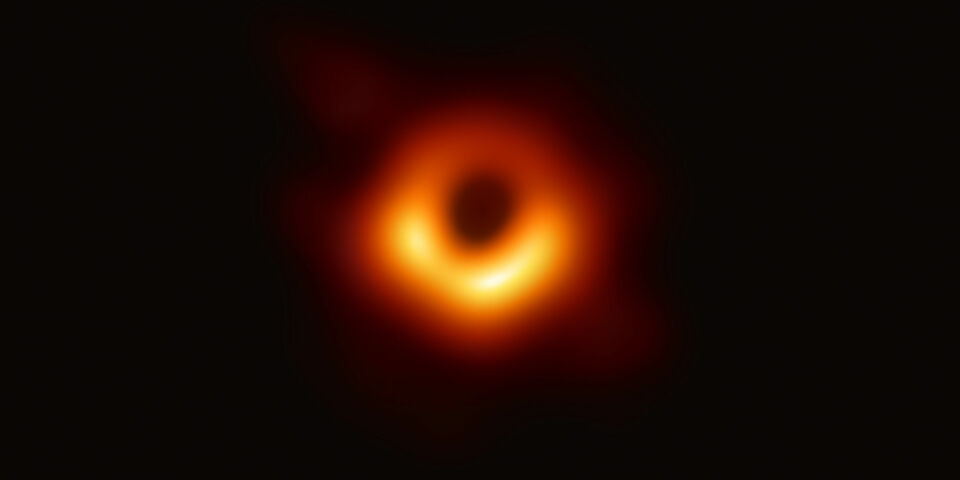

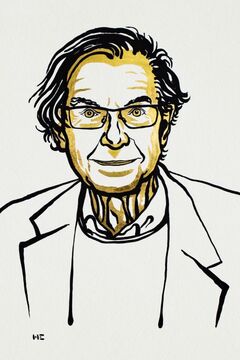
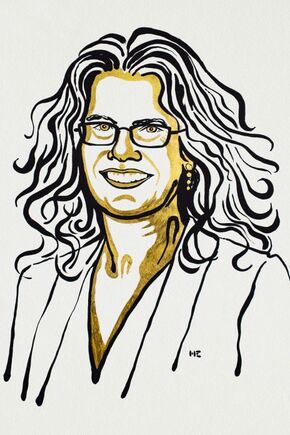
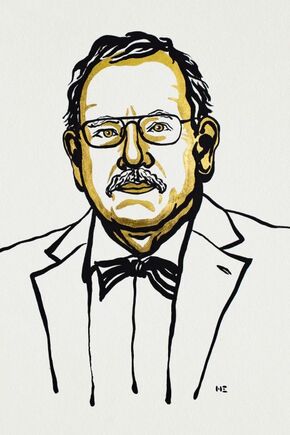
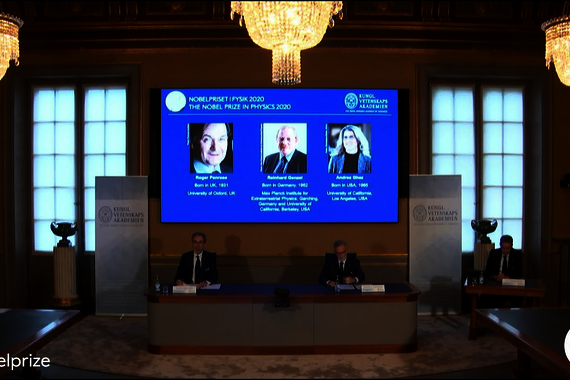
Discussion